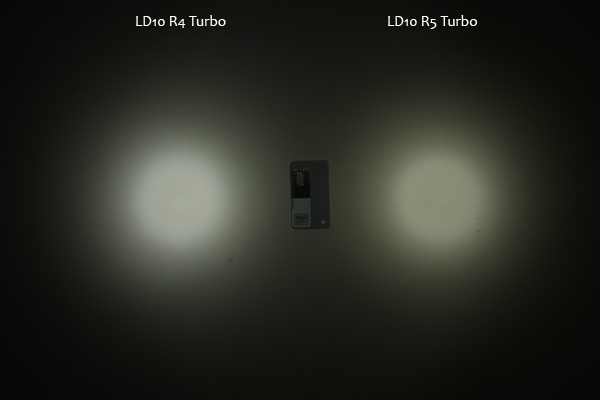Written by
selfbuilt on 11-10-2010 08:22 AM GMT
Mr Floppy said:
I'll guess it's the new ANSI rating.
Yes, that would be my guess as well. Yes, that would be my guess as well.
Both 4Sevens and Fenix are migrating to the ANSI FL-1 standard, so it means that new lights coming out with have slightly lower max lumen values. The FL-1 standard requires you do the lumen measures after 3 mins of runtime. Throw measures are done between 30 secs and 2 mins after turning on the light (previously, most makers went for max output immediately after activation).
It may also mean some runtimes differences, since the FL-1 standard is for runtime to 10% (of the initial output reading taken at 30 secs). Previously, it was anybody's guess what measure they were using!
FYI, I'm adapting my output and throw measures to match FL-1 standards for future reviews myself (i.e. all readings taken between 30secs to 1 min after activation). I'm not bothering with the runtime number, since I find the actual curves provide a lot more info than one specific timepoint.






